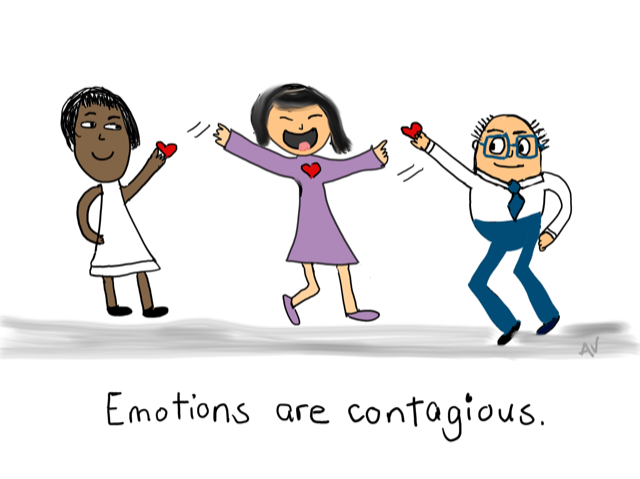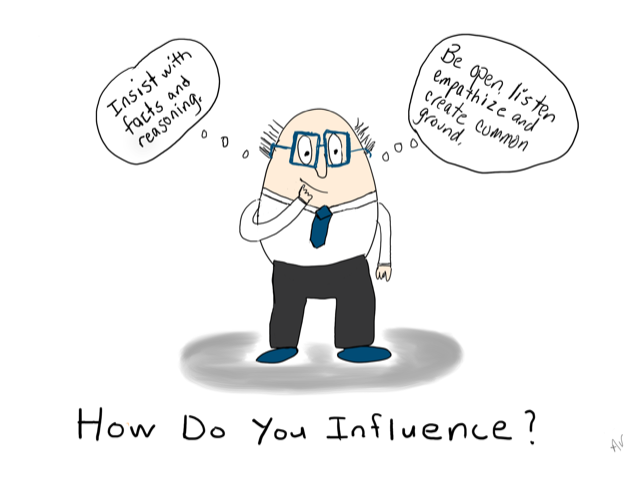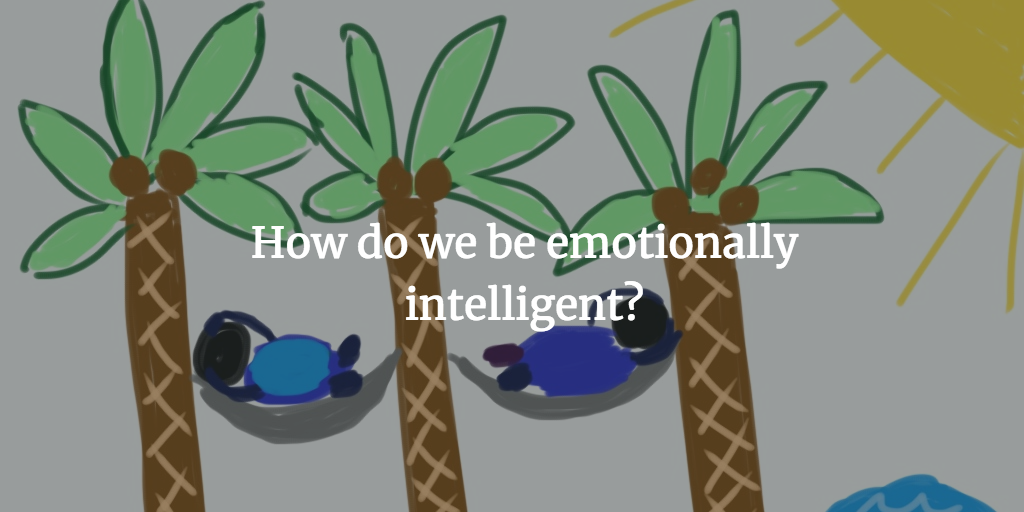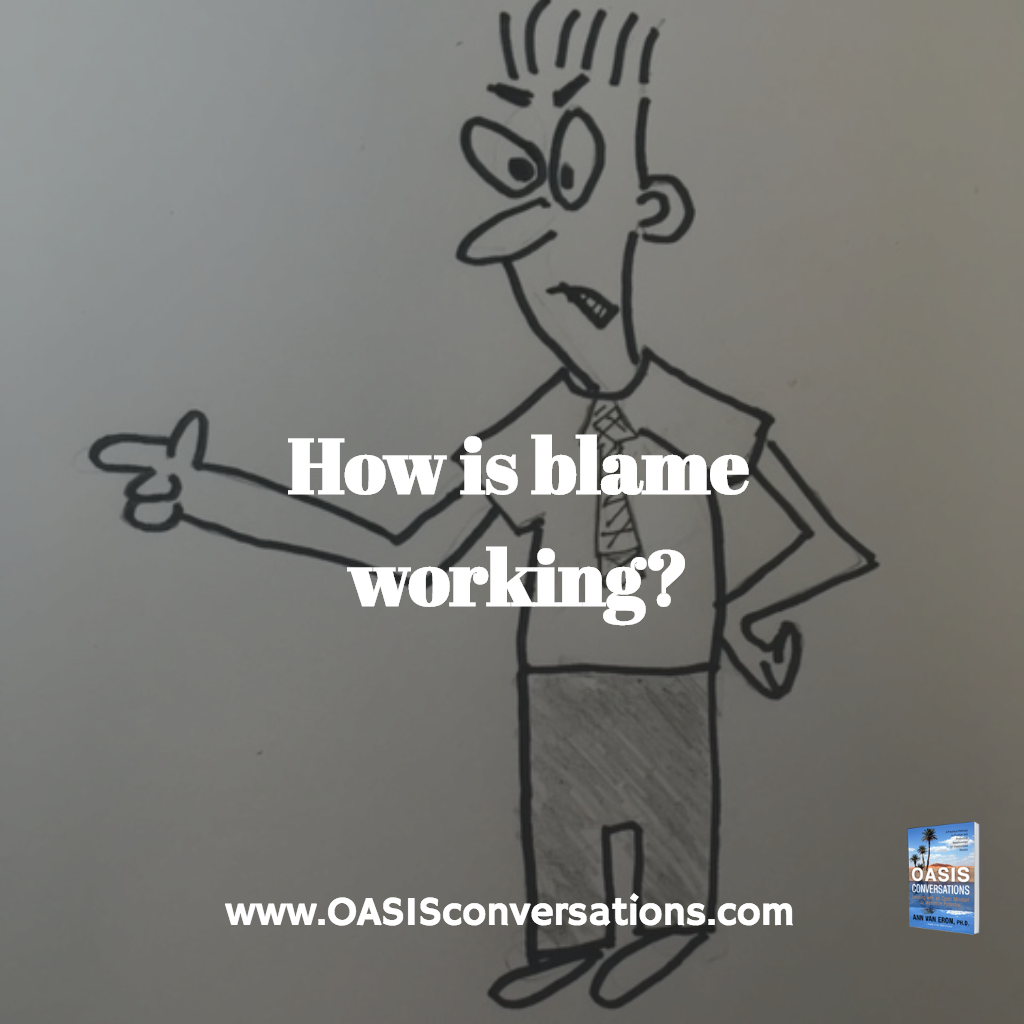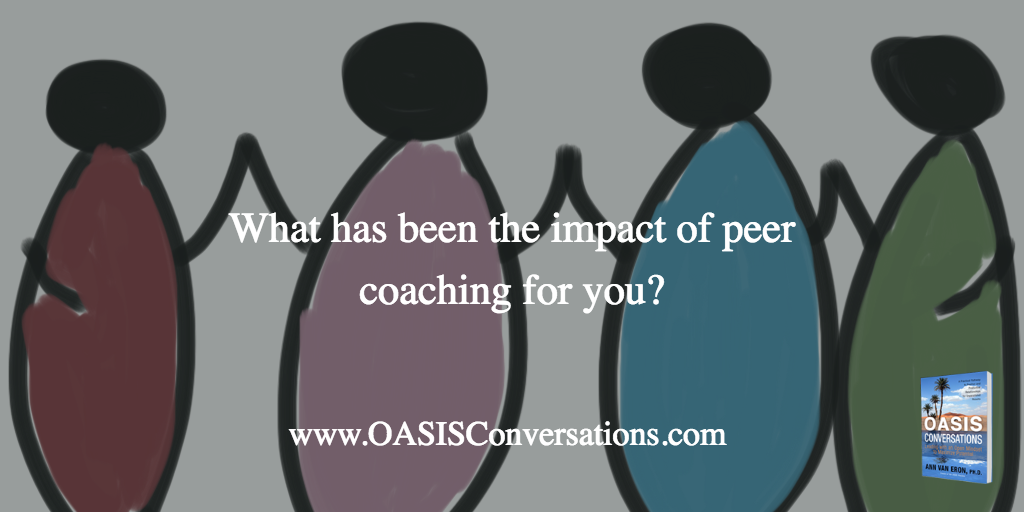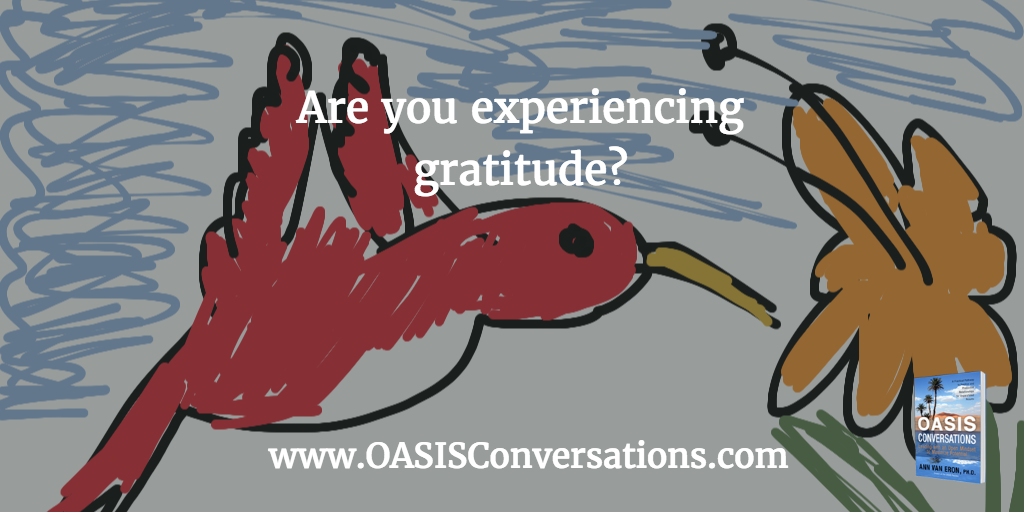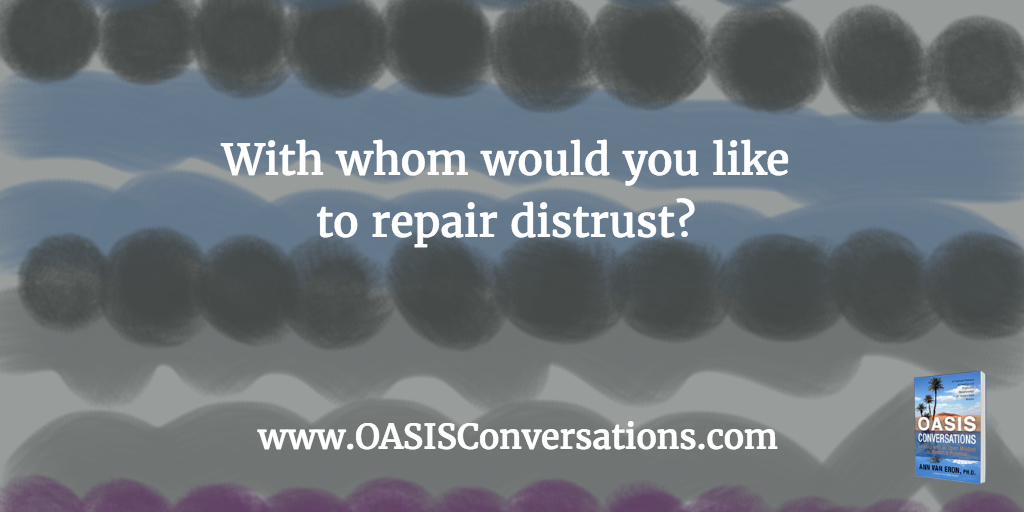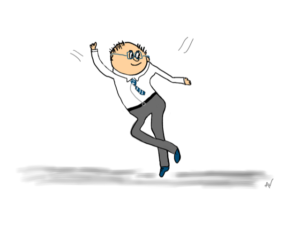
The most precious gift we can offer others is our presence.—Nhat Hanh
One of my executive clients shared that he was attending a company conference. He said he was looking forward to seeing some old friends. When I asked him about new acquaintances, it became clear that he had not focused on building new relationships. In fact, there were people that he clearly did not want to engage. He had negative views of some participants based on past history and he did not see the value of investing in others. In essence, he anticipated being open to a few he knew and closed to most others.
This is not uncommon. Most of us are busy and stressed these days and we make choices on how to spend our energy and where to invest in others. We each have habitual patterns around how we interact in different settings. Often, we fail to notice that we have options and can consciously choose how we show up.
It had not occurred to my client that as a senior leader, people would be paying attention to him and that how he interacts with them would make a difference in their motivation and how they perceived him and the company.
I gave my client an experiment. I suggested that he consciously work to be open to a wider group of people at the company conference. By setting the intention to be welcoming and curious, he found that he entered the meeting differently. He was not exclusive but included others, even those with whom he had a preconceived negative perception. It took a conscious intention for him to ask open-minded questions and then really listen to people.
My client was surprised at what he noticed with his new behaviors. He did indeed connect with more people than he expected. He learned about various perceptions and issues that helped him and his team to be more effective. Some people offered to support him. He felt more connected to his peers and the organization.
By choosing to be open, curious and generous in his welcoming stance, my client showed up as a leader. In addition to receiving positive feedback, he helped to create a positive environment at the meeting and in the company.
I believe that all of us can shift negative stressful environments by setting our intention to be open and creating a respectful, welcoming stance. When we engage in open-minded conversations and give others empathy we are positioned to find common ground and a shared vision. Emotions are contagious and it is hard to be innovative and creative when we don’t feel welcomed by others. Too much energy is diverted to protecting ourselves.
It is useful to examine our habitual patterns and experiment with new behaviors that support openness and respect. We read each other and know when someone is genuinely interested and when we are invisible.
Experiment with being more present, open and welcoming and notice the impact on you, others and the environment created.
Contact us at any time.

